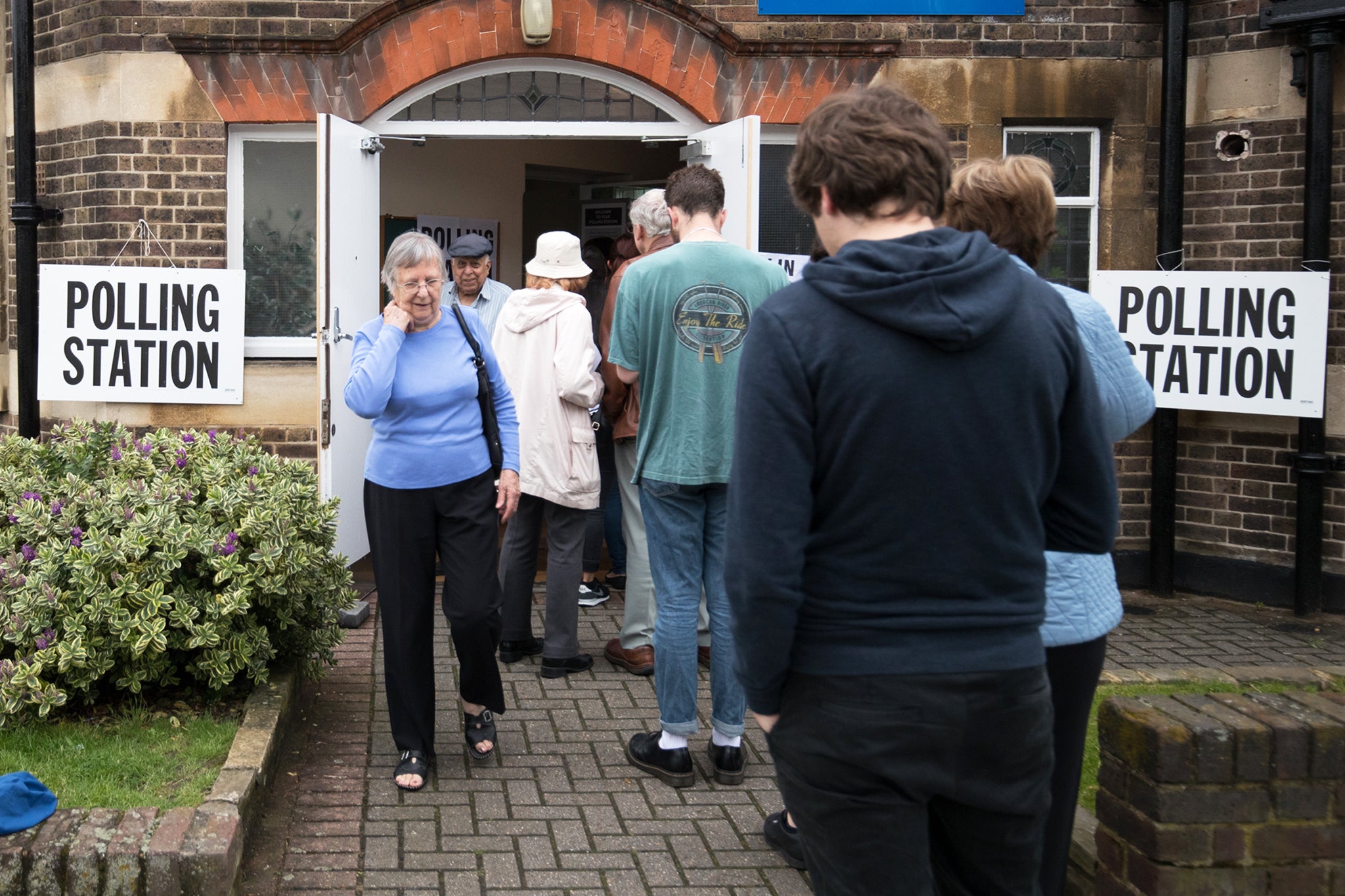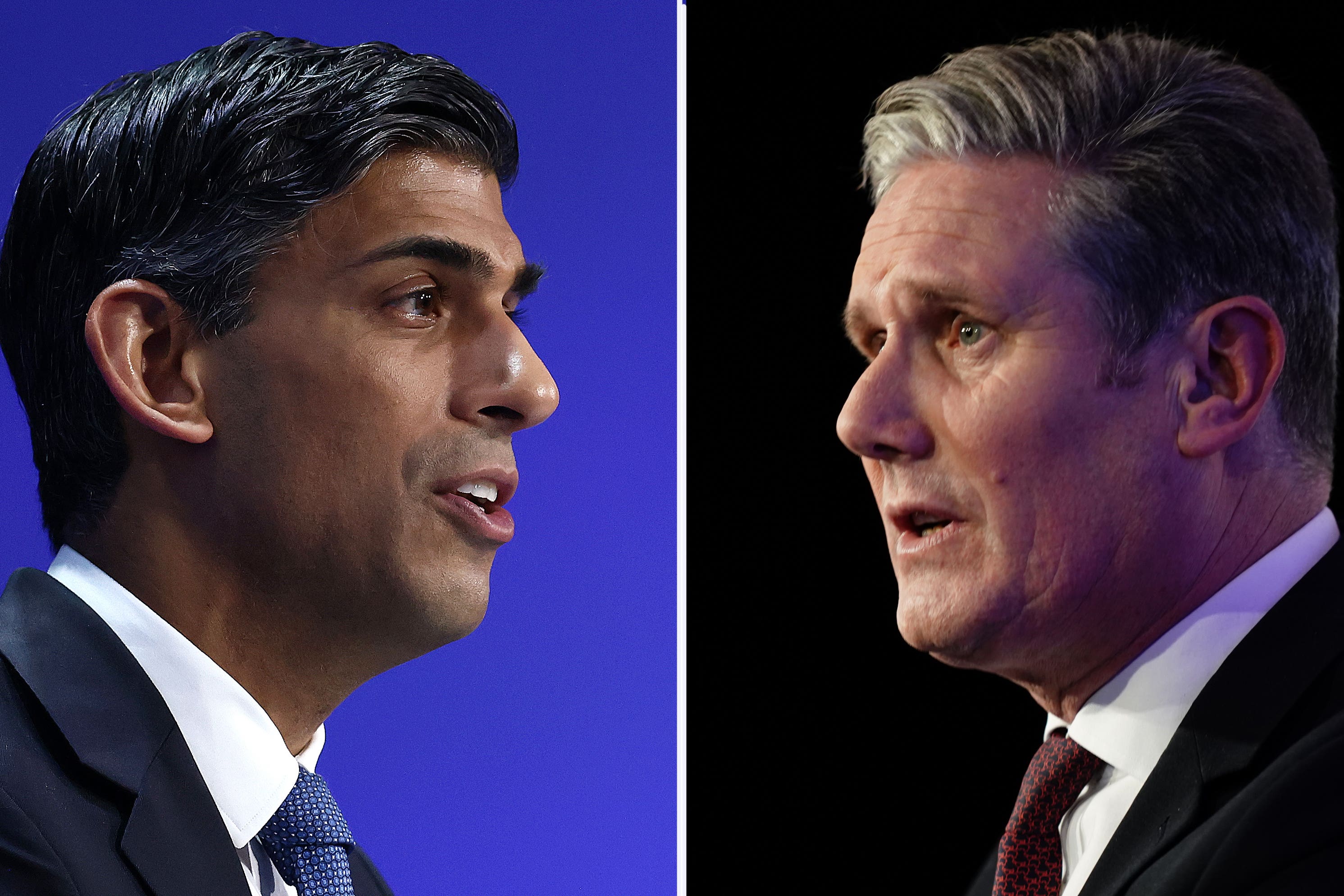Pollster John Curtice’s six types of voter, from Middle Britons to Urban Progressives – which are you?
Professor of politics says the electorate is ‘not just divided between left and right, but also between liberals and authoritarians’

Your support helps us to tell the story
From reproductive rights to climate change to Big Tech, The Independent is on the ground when the story is developing. Whether it's investigating the financials of Elon Musk's pro-Trump PAC or producing our latest documentary, 'The A Word', which shines a light on the American women fighting for reproductive rights, we know how important it is to parse out the facts from the messaging.
At such a critical moment in US history, we need reporters on the ground. Your donation allows us to keep sending journalists to speak to both sides of the story.
The Independent is trusted by Americans across the entire political spectrum. And unlike many other quality news outlets, we choose not to lock Americans out of our reporting and analysis with paywalls. We believe quality journalism should be available to everyone, paid for by those who can afford it.
Your support makes all the difference.There will be six different types of voter at the forthcoming general election, according to new analysis by a leading pollster.
The National Centre for Social Research (NatCen) has identified six distinct categories of UK voter, based on responses to 12 questions put to the public.
The groups have shared characteristics, such as gender or social class, and align on key political issues such as the economy or immigration.
The underlying data is taken from the British Social Attitudes (BSA) survey, the latest iteration of which will be released in full next week.
Professor Sir John Curtice, senior research fellow at NatCen and professor of politics at Strathclyde University, said: “Much of the commentary on the election focuses on questions of performance. But elections are also influenced by voters’ values and their perceptions of politics and politicians.
“The electorate is not just divided between ‘left’ and ‘right’, but also between ‘liberals’ and ‘authoritarians’, while many people sit in the middle and are not especially interested in politics. This poses particular challenges for the two main parties, who will have to reach out to voters well beyond their own ‘comfort zones’ to succeed.”
Which type of voter are you?
Middle Britons
Middle Britons make up the largest group of voters, comprising more than a quarter of the electorate (26 per cent). They are mostly in the middle ground across political issues and are closest to a “typical” voter, with no clear political affiliation. They are hard for politicians to win over, and not that likely to vote.
Well-Off Traditionalists
Highly politically engaged and likely to vote, many Well-Off Traditionalists live in the rural South East. This group holds socially conservative views that often align with Conservative policies. They make up 12 per cent of the electorate.

Apolitical Centrists
The least politically engaged group is generally on the right on economic issues but more centrist on social issues. The Apolitical Centrists are relatively young and on low incomes. Many in this group will likely not vote, but those that do will probably choose either Conservative or Labour. They comprise 17 per cent of the electorate.
Left-Behind Patriots
This group mostly voted for Brexit and would consider themselves patriotic. They are opposed to economic inequality, but are conservative in their social outlook. The Left-Behind Patriots have no strong allegiance to any party, but are more likely than others to support Reform UK. They make up 15 per cent of the electorate.
Urban Progressives
Typically university-educated professionals, Urban Progressives lean strongly to the left on economic issues and in a liberal direction on social ones. This group is likely to support Labour or the Greens, and its members, who account for 16 per cent of the electorate, are highly likely to vote.
Soft-Left Liberals
This group is university-educated, politically engaged, and liberal on social issues, but more centrist on the economy. Soft-Left Liberals are likely to vote Labour, Green, or Lib Dem. They make up 14 per cent of the electorate.
Join our commenting forum
Join thought-provoking conversations, follow other Independent readers and see their replies
Comments